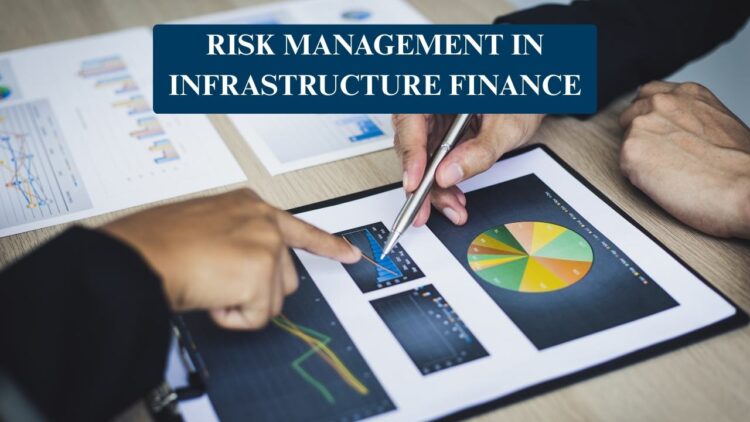Infrastructure project finance involves many risks that can cause trouble in the success of the project. Many studies have stated that the infrastructure sector may have a larger investment gap in the future. To reduce the risk involved in infrastructure finance, you should understand risk management.
Risk Management in Infrastructure Finance
According to reports, the emerging and developed countries would need to spend around $64 trillion in the next 25 years for infrastructure improvement. The reports state that the infrastructure sector will have an investment gap due to various reasons.
Large-scale infrastructure needs heavy investment; however, with long-term projects, a lot of risks are involved. Hence, when you finance an infrastructure project, you should create a risk management plan to reduce the risks and deal with them appropriately.
The risk management plan for the infrastructure identifies potential risks, strategies, and suggests solutions to deal with the unexpected risks. With proper risk management, the project owners can also gain the confidence of the investors and other stakeholders and ensure the success of the project.
What are the risks involved in infrastructure finance?
Before you understand how you can mitigate the risks involved in infrastructure finance, it’s best to learn what the possible issues you can face are, such as:
- New Technologies: The infrastructure sector is evolving, and new advanced technologies are emerging to boost the system and reduce the risks. The new technologies can affect your financial cost for the project.
- Natural disasters: With climate change, natural disasters and extreme weather conditions are increasing over the years, which is affecting the infrastructure sector, as old or new infrastructure is getting ruined, or the stakeholders have to invest more in the maintenance of the projects.
- Operational Risk: The maintenance cost, raw material cost, operating cost, and others can impact the infrastructure.
- Financial market operations: The reliance on the utility functions may create problems in the event of an outage and disrupt the financial strategies.
- Geopolitical conflict: The infrastructure projects also involve risk from political instability, international conflicts, and regulatory changes.
- Economic risk: The global market shift or the economic conditions affect the infrastructure finance risks, affecting the growth as well as the construction of the project.
- Societal risk: Sometimes, societal, community, or cultural issues also create problems in infrastructure finance.
What are the components of risk management for infrastructure finance?
When you create a risk management plan for infrastructure finance, it depends on the type of financing; however, you should learn about the basic components to make an effective plan:
- Risk Assessment: Do a proper risk assessment of the infrastructure project for both internal and external risks. This will be the foundation of your risk management plan for your infrastructure finance.
- Risk Identification: You should find the potential risks involved based on the project financing, such as the investment gap with project finance or repayment risk.
- Establish Risk tolerance: You should assess the identified risk, understand the nature of the risks, prioritize the risks based on the level of risk, and strategize accordingly.
- Risk Mitigation: After that, you should focus on solutions that can reduce the infrastructure finance risks and establish the framework that can help you in dealing with difficult situations, such as insurance or financial plans.
- Risk monitoring: Once you set up the risk management plan, ensure you have established a system that can monitor or report the project stages to reduce the risks.
What more can you add to your risk management plans under the current trends?
With the advanced technologies, practices, and the evolving infrastructure sector, as per the current trend, you can add the following to your risk management plan for better results:
- Artificial Intelligence use: You can integrate the Artificial Intelligence with your risk management planning for prediction, identification, and solving unexpected risks. The system can help you identify the risk as the project progresses, as many problems arise after you begin the project.
- Develop Security Solutions: When you create the risk management plan, you should ensure that you install the data security solutions in your system, as today’s information is important and it can create many problems.
- Focus on immediate response and recovery: When you focus on risk management planning, remember to include immediate response and recovery for the unexpected problem, so that you can reduce the loss and its effect.
- Cloud Adoption: As per current trends, cloud adoption has shown potential benefits in the risk management of the infrastructure sector, as the real-time data can help in securing the financial model through impact analysis and model building.
The infrastructure sector is facing an investment shortfall, and it will increase more in the coming year if the sector continues to follow the current investment process and level; hence, to remove the problem and continue to grow, the sector needs to think beyond the surface and stay prepared for the potential risks.



